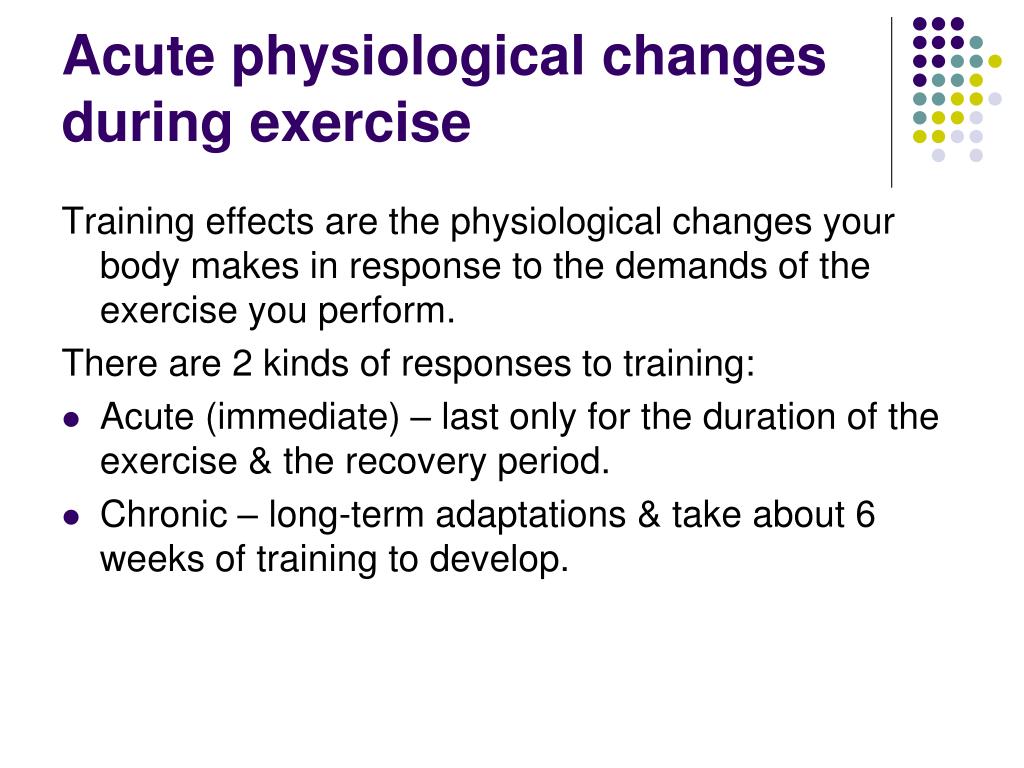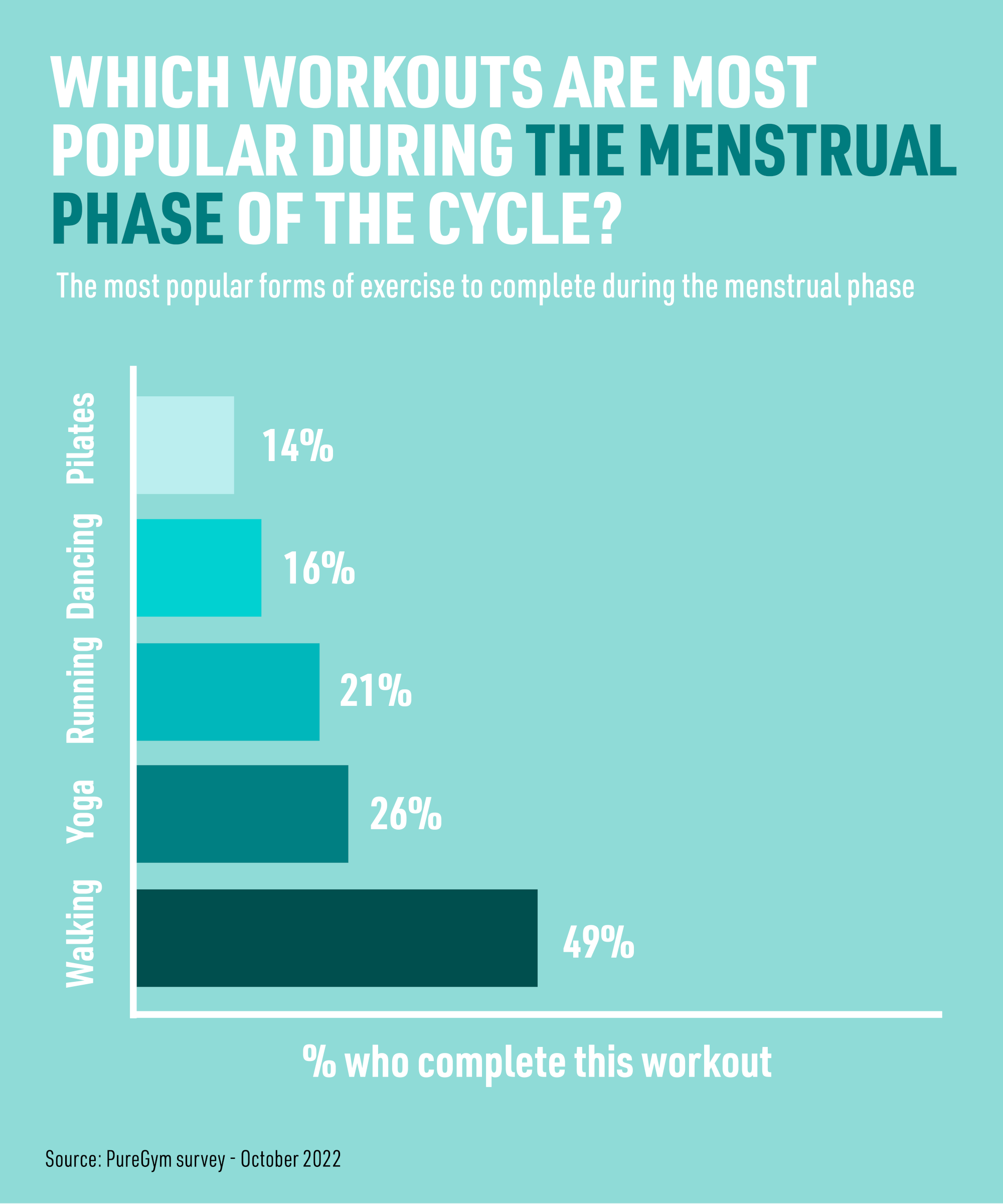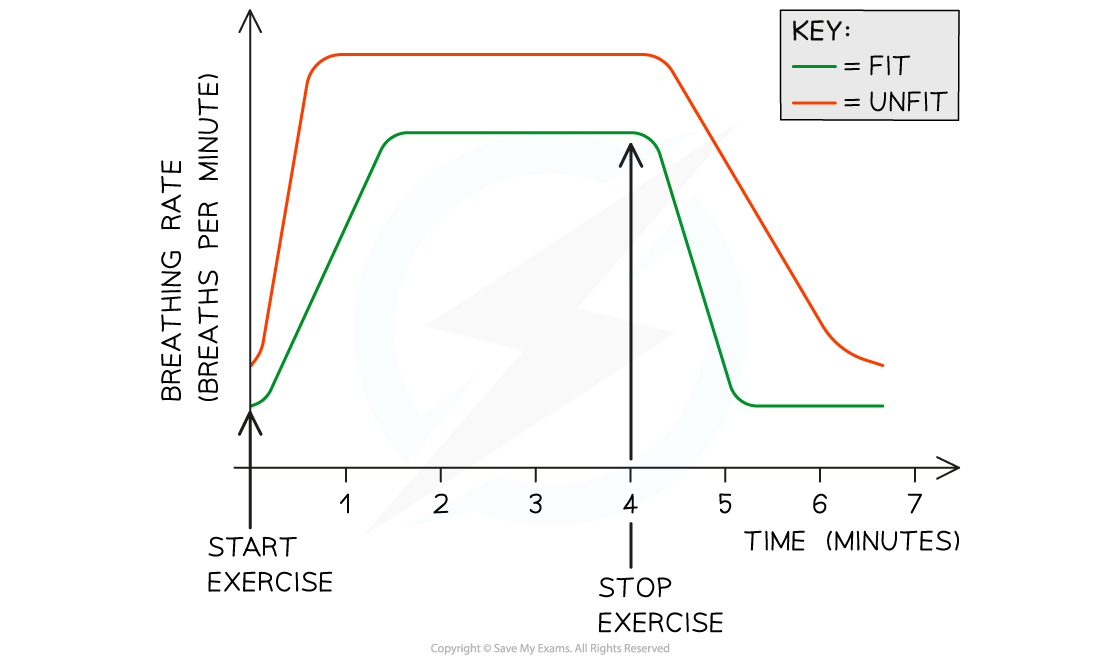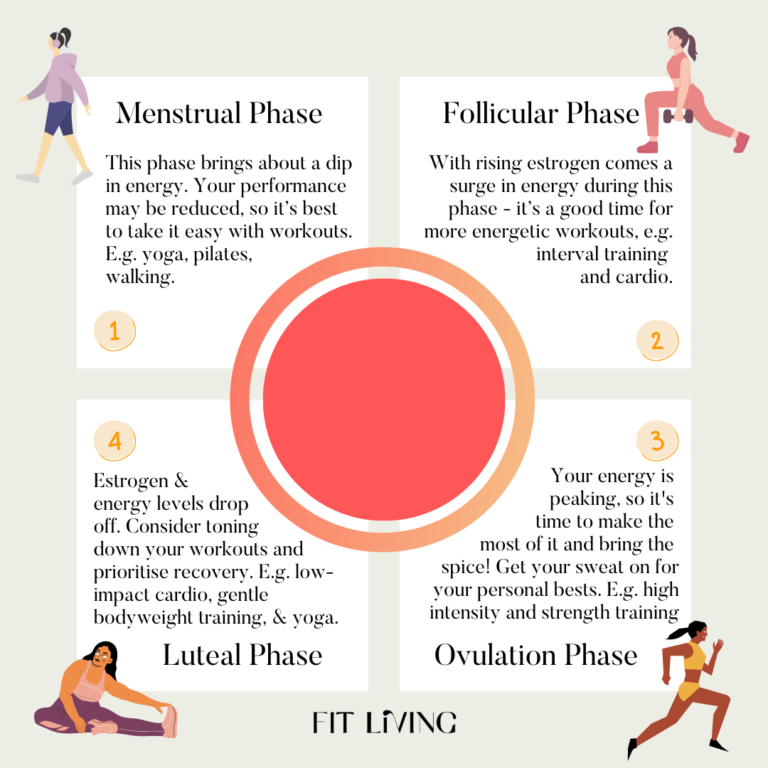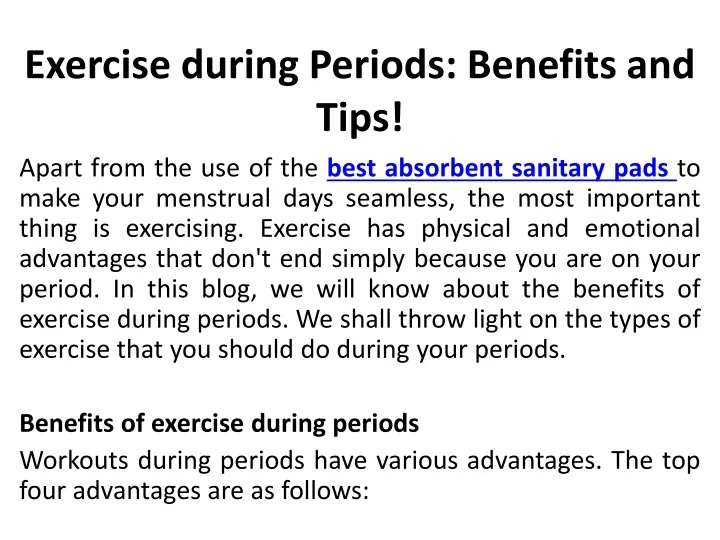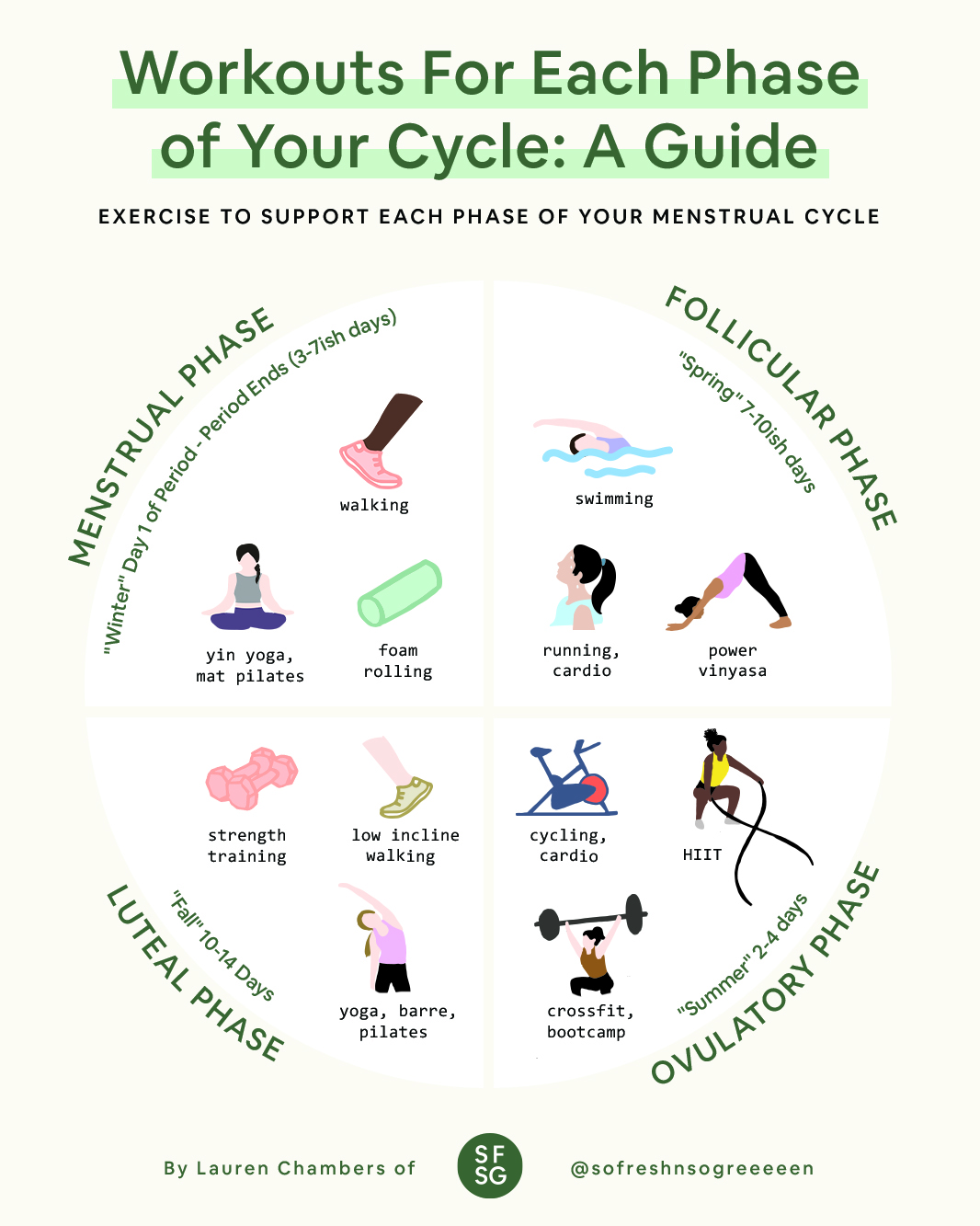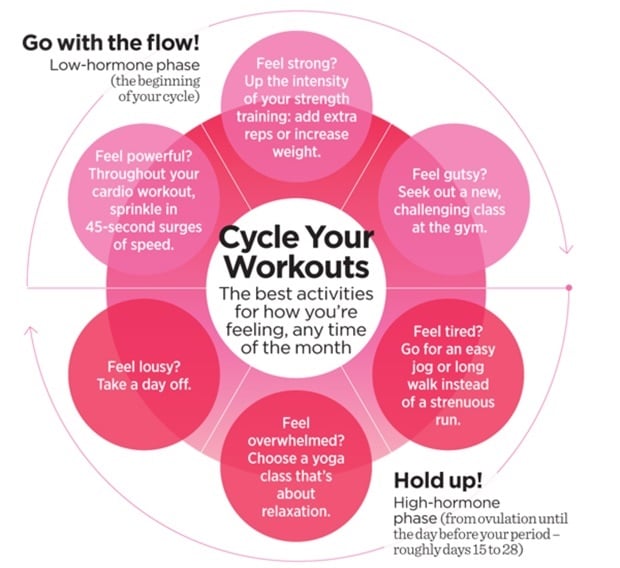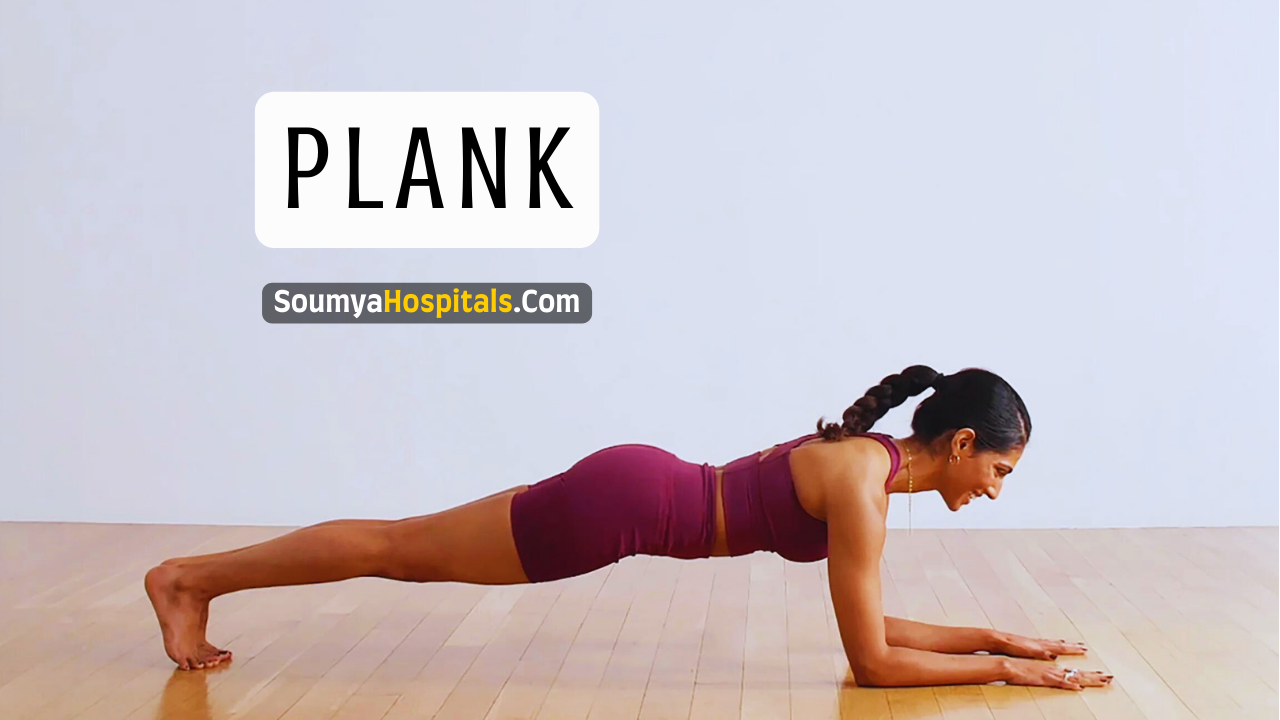Which Of The Following Occur During A Period Of Exercise

Imagine your lungs expanding, a gentle rhythm matching the beat of your favorite song. Feel the subtle warmth spreading through your muscles as you conquer that last mile. But what truly happens inside us when we push our bodies, when we choose to move and challenge our physical limits?
This article explores the fascinating physiological changes that occur during exercise. Understanding these processes not only helps us appreciate the intricate workings of the human body but also empowers us to exercise more effectively and safely.
Let's delve into the science behind the sweat, the increased heart rate, and the overall transformation that exercise triggers within us.
The Cardiovascular Symphony
One of the most noticeable changes during exercise is the increased workload on the cardiovascular system. Our heart, the conductor of this internal symphony, begins to beat faster and stronger.
This increase in heart rate and stroke volume (the amount of blood pumped with each beat) delivers more oxygen and nutrients to the working muscles.
According to the American Heart Association, heart rate can increase dramatically depending on the intensity of the activity. The AHA provides guidelines for target heart rate zones, helping individuals to monitor and optimize their workouts.
Blood vessels also play a critical role. Vasodilation, the widening of blood vessels in active muscles, ensures that these tissues receive the oxygen and nutrients they need.
Simultaneously, vasoconstriction, the narrowing of blood vessels in inactive areas, redirects blood flow to where it's most needed. This dynamic process ensures efficient delivery of vital resources.
Respiration: The Breath of Life
As our muscles demand more oxygen, our respiratory system kicks into high gear. The rate and depth of breathing increase, facilitating a greater exchange of oxygen and carbon dioxide.
Think of it as a bellows, drawing in more air and expelling waste products more efficiently. This enhanced gas exchange is essential for sustaining energy production.
The National Institutes of Health (NIH) emphasize the importance of proper breathing techniques during exercise. Controlled breathing can improve performance and reduce the risk of hyperventilation.
Minute ventilation, the amount of air breathed per minute, can increase significantly during intense exercise. This dramatic increase reflects the body's heightened demand for oxygen.
Muscular Adaptations: Fueling the Fire
Our muscles are the engines that drive movement. During exercise, they undergo a series of metabolic changes to meet the increased energy demands.
The primary fuel source for muscles is glucose, which is derived from carbohydrates. As exercise intensity increases, muscles also begin to utilize fat as a fuel source.
Muscle fibers, the building blocks of muscle tissue, contract and relax repeatedly. This process requires energy, which is supplied by adenosine triphosphate (ATP).
The body replenishes ATP through various metabolic pathways, including aerobic and anaerobic metabolism. Aerobic metabolism utilizes oxygen, while anaerobic metabolism does not.
The American College of Sports Medicine (ACSM) highlights the importance of understanding these metabolic pathways for optimizing training strategies. Different types of exercise rely on different energy systems.
Hormonal Responses: Chemical Messengers
Exercise triggers the release of various hormones that play a crucial role in regulating energy metabolism and physiological function. These hormones act as chemical messengers, coordinating the body's response to physical stress.
Epinephrine and norepinephrine, also known as adrenaline and noradrenaline, increase heart rate, blood pressure, and glucose release. They prepare the body for "fight or flight."
Cortisol, a stress hormone, is also released during exercise. It helps to mobilize energy stores and regulate inflammation.
Insulin sensitivity, the ability of cells to respond to insulin, generally increases during and after exercise. This improves glucose uptake by muscles and helps regulate blood sugar levels.
Endorphins, often referred to as "feel-good" hormones, are released during exercise and contribute to the sense of well-being and pain reduction. They are responsible for the feeling of "runner's high."
Thermoregulation: Maintaining the Balance
Exercise generates heat as a byproduct of metabolic processes. The body must regulate its temperature to prevent overheating.
Sweating is the primary mechanism for cooling the body during exercise. As sweat evaporates from the skin, it dissipates heat.
Blood flow to the skin also increases, allowing heat to radiate away from the body. These mechanisms work together to maintain a stable core temperature.
Dehydration can impair thermoregulation and increase the risk of heat-related illnesses. It's essential to stay hydrated before, during, and after exercise.
The Centers for Disease Control and Prevention (CDC) provides guidance on preventing heat-related illnesses during physical activity. Staying hydrated and avoiding strenuous exercise during the hottest parts of the day are crucial.
The Afterglow: Post-Exercise Recovery
The physiological changes that occur during exercise don't simply stop when we cool down. The body continues to recover and adapt in the hours and days following a workout.
Muscle glycogen stores are replenished, and damaged muscle tissue is repaired. This recovery process is essential for building strength and endurance.
The "afterburn effect," also known as excess post-exercise oxygen consumption (EPOC), refers to the elevated oxygen consumption that occurs after exercise. The body continues to burn calories at a higher rate as it recovers.
Adequate rest and nutrition are crucial for optimizing post-exercise recovery. This allows the body to adapt to the stresses of exercise and become stronger and more resilient.
Conclusion: A Symphony of Adaptation
Understanding the physiological changes that occur during exercise reveals the incredible adaptability of the human body. From the cardiovascular system to the hormonal response, each component works in harmony to support physical activity.
By understanding these processes, we can exercise more effectively, safely, and enjoyably. We can make informed decisions about training intensity, duration, and recovery strategies.
So, the next time you embark on a run, a swim, or a dance class, remember the intricate symphony of physiological changes occurring within you. Appreciate the power and resilience of your body, and celebrate the joy of movement. Exercise is more than just physical exertion; it's a conversation between your mind and body, a celebration of what you are capable of.
